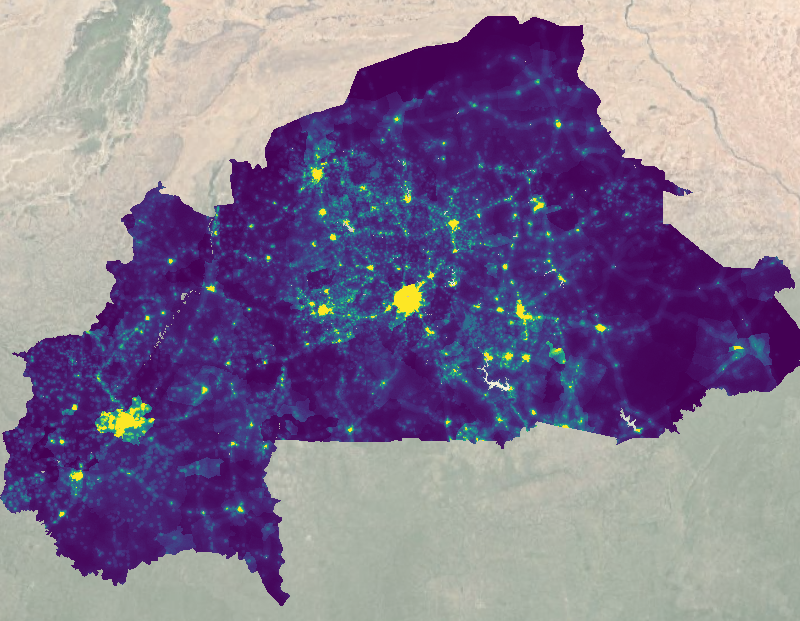
Over the past few years, Bluesquare has specialised in managing digital health facility registries.
Digital health facility registries play a vital role in health systems: their primary function is to serve as reference frameworks for health system pyramids, providing a comprehensive inventory of health facilities — both public and private — as well as pharmacies and laboratories. These data are used for managing licensing and accreditation, planning investments, and structuring health sector databases. As such, they are essential for implementing effective health policies. These registries often extend to include community health worker directories, and in some cases, locality registries as well.
Through close collaboration with the health authorities of the Democratic Republic of Congo, Benin, Cameroon, and Niger, Bluesquare has developed a suite of tools that together form an effective digital health facility registry. These modules include:
Bluesquare provides digital health facility tools that are fully integrated with DHIS2, the most widely used health data management software in low- and middle-income countries. The tools developed by Bluesquare extend the capabilities of DHIS2 and make it easier to manage health system pyramids within national health information systems (HIS) for health facility registry projects.
The health sector is constantly evolving. For example: new public and private health facilities open, health centres develop surgical capacity, others close or lose accreditation, health districts are restructured, administrative boundaries change, and health areas and their constituent villages are reassigned. Knowledge of these changes lies at the local level.
To enable continuous management of the health facility registry, Bluesquare provides an Android mobile app that allows local health actors to visualise their health system pyramid — including, for example, villages — and propose updates or improvements.
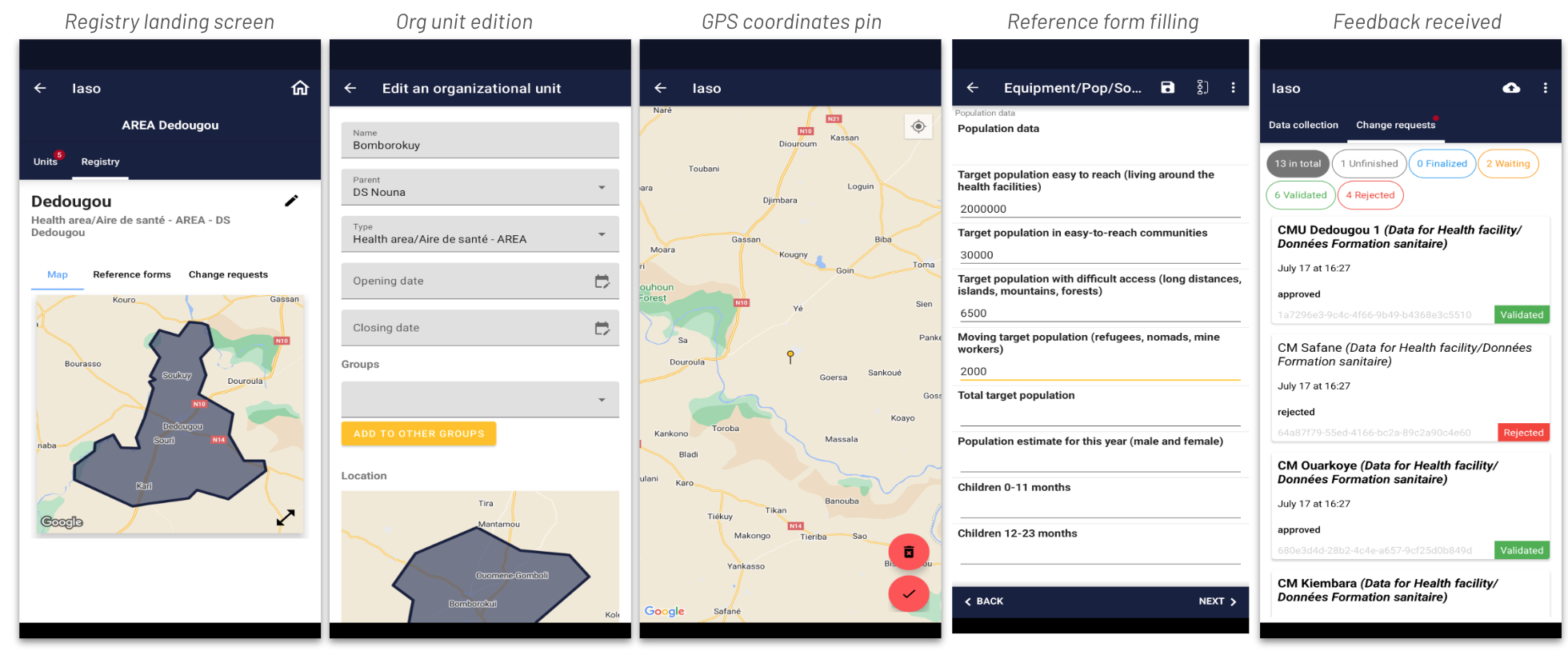
Mobile app showing the pyramid and change requests
Change requests are submitted to the relevant authorities for validation (typically regional and national health authorities). Once approved, updates are incorporated into the national registry. The data are then shared with other data collection systems such as DHIS2.
In addition to DHIS2 dashboards, Bluesquare offers high-performance dashboards using the open-source business intelligence technology Superset.
These dashboards enable health facility registry teams to provide national and regional authorities with advanced data visualisations.

Superset health facility registry dashboard for Cameroon
It is crucial that citizens can access contextual information on available healthcare services and the range of care provided by each facility.
To this end, Bluesquare provides an Android mobile app, branded in the government’s colours, allowing citizens to access this information.
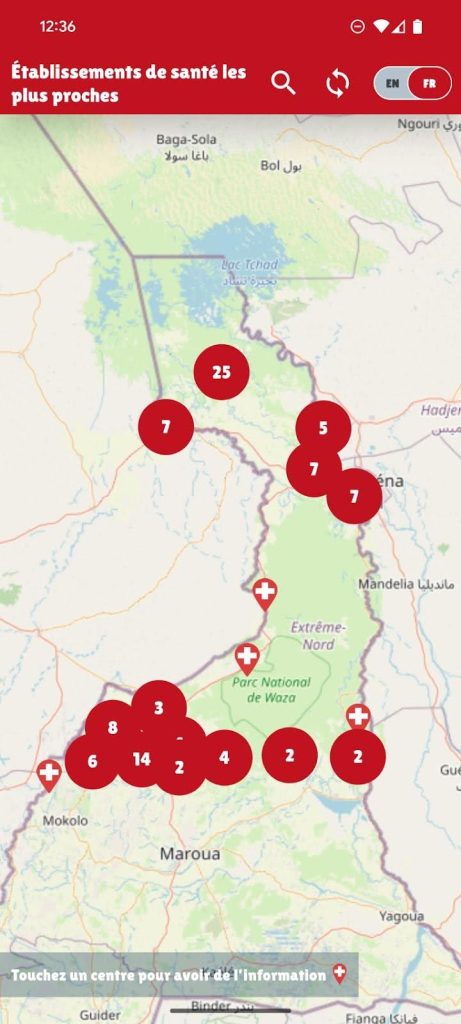
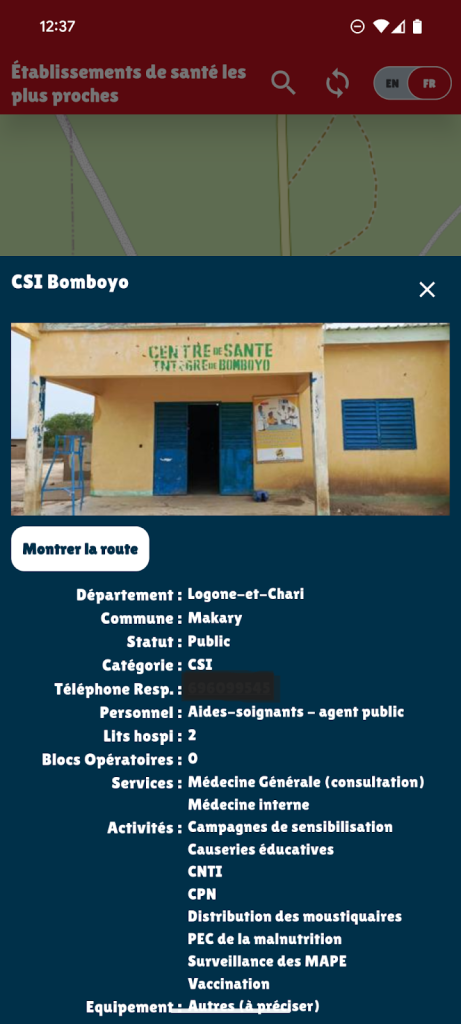
Health facility mobile app for Cameroon, and citizen view screenshot
Ongoing updates to the health facility registry by local health systems require the engagement of district teams. To encourage this engagement, Bluesquare provides regional and local health systems with automatically generated mapping products that support local health action.
To make these accessible, Bluesquare provides local health systems with a web interface where local actors can download these maps and microplans.
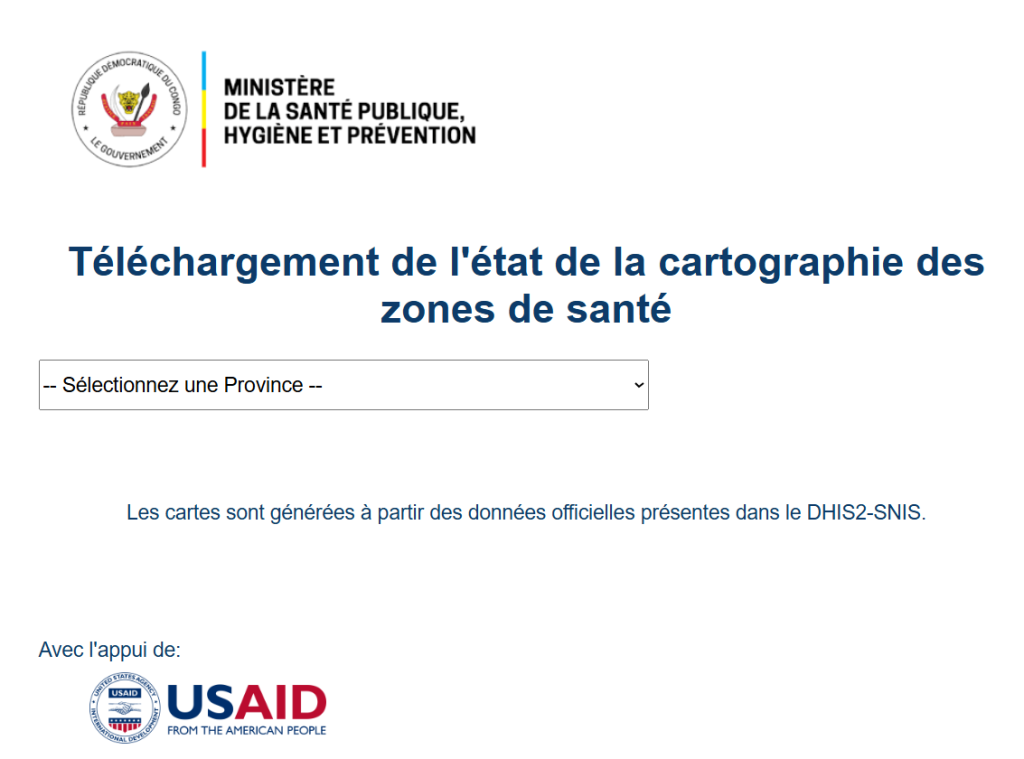
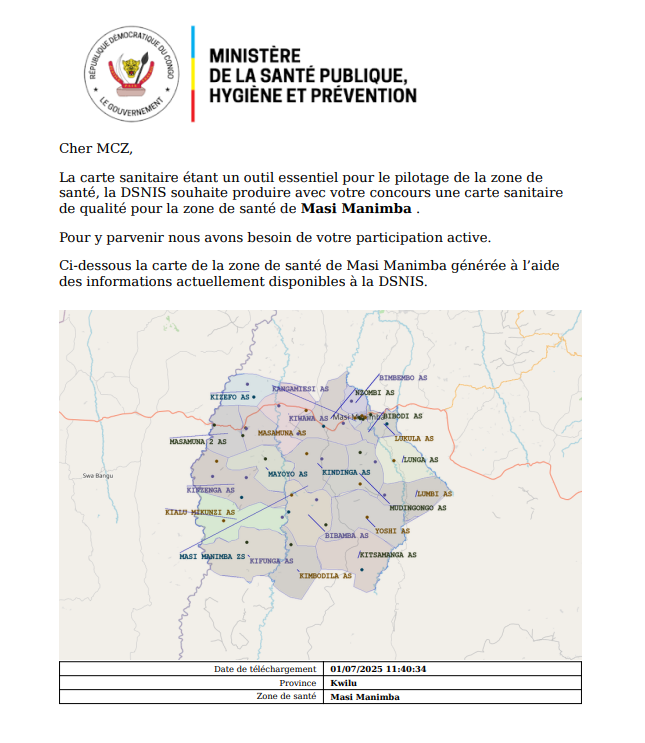
Map product download interface in the Democratic Republic of Congo
The automated products currently provided include:
Bluesquare provides a high-resolution PDF visualisation of the health district. This enables health districts to print and display the map in their offices. When districts have recently updated data (see above) and the updates have been approved, they can print an up-to-date map.
This feature is currently under development.
Bluesquare provides an automatic report that measures the proportion of the population without access to health services and identifies the most suitable locations for deploying community health workers. The accessibility measurement methodology is based on the WHO’s AccessMod algorithm.

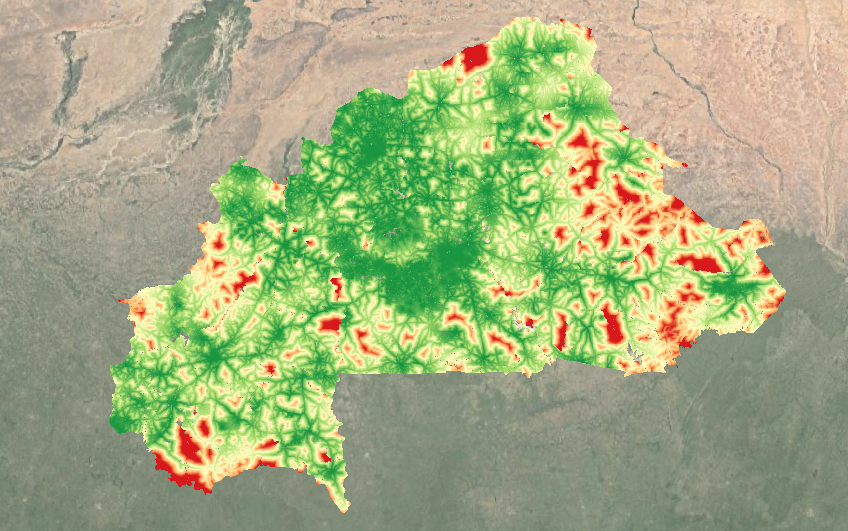
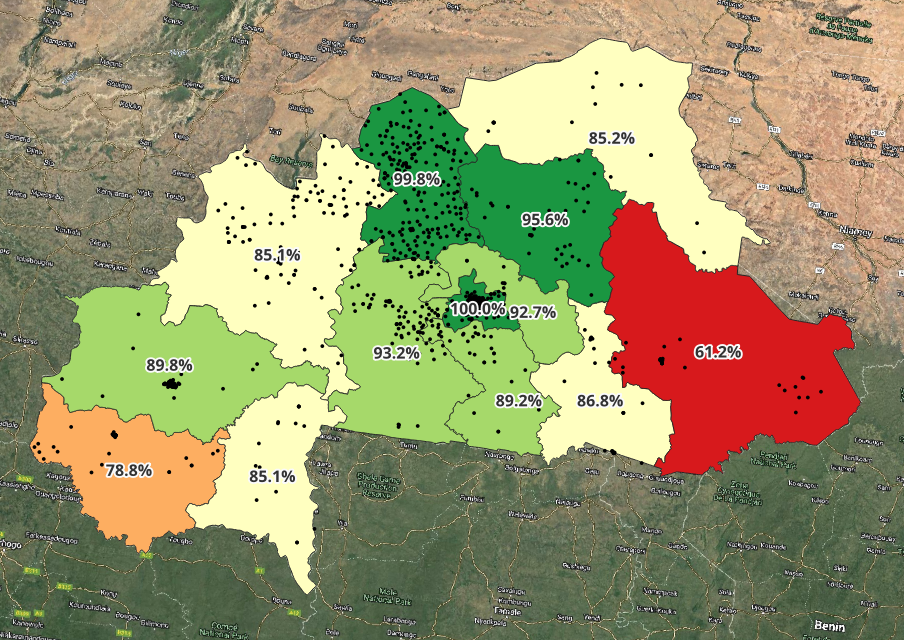
Accessibility map
In countries where the health facility registry includes localities and points of interest (markets, places of worship), the registry provides an Excel microplan for campaigns (e.g., vaccination, malaria) and routine immunisation microplanning. This automated microplan generation reduces errors and speeds up campaign budgeting
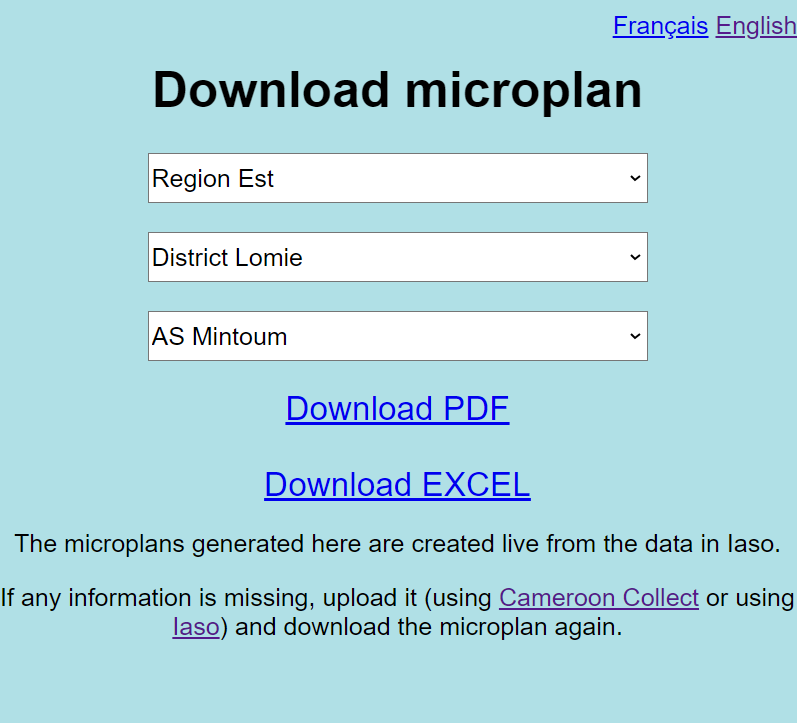
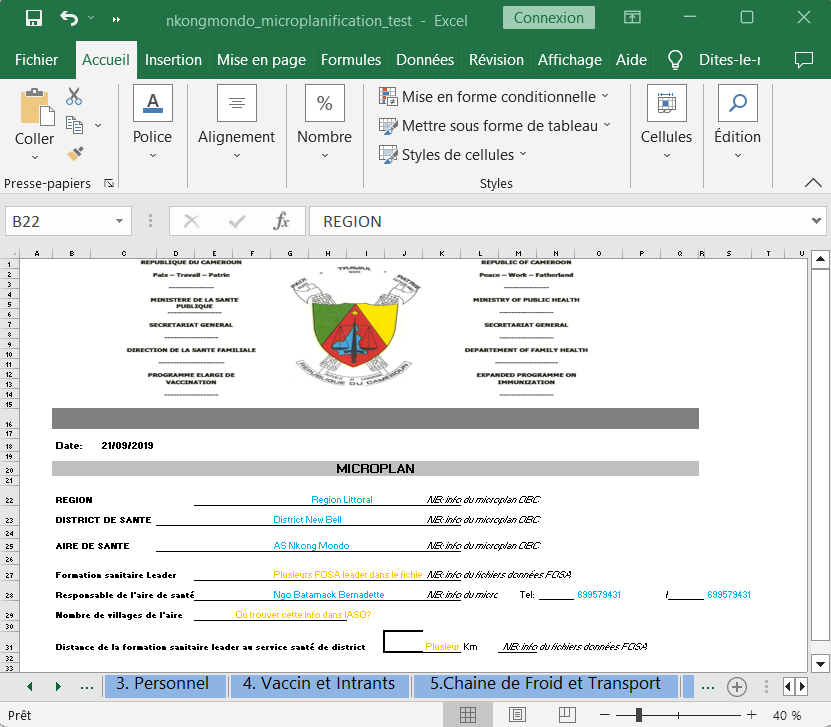
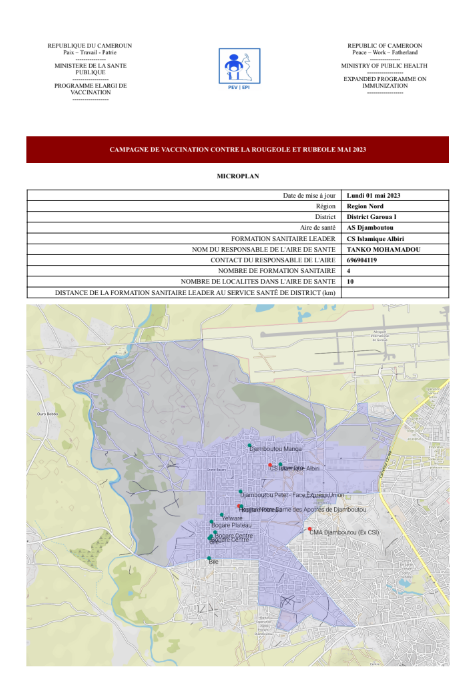
The technology tools included in the above solution are:
DHIS2 is used as the platform for the health system pyramid registry, health facilities, and sometimes community health workers. It is also used for data collection and visualisation within the national health information system or other applications.
IASO is an open-source geo-registry developed by Bluesquare. Fully integrated with DHIS2, IASO supports the following health facility registry functions: management of multiple geographic data sources in parallel, update request management, data validation, storage of data not included in DHIS2 (e.g., private health facilities, localities, historical health system pyramids), and automatic generation of maps and reports for districts.
Bluesquare increasingly uses Superset, a powerful open-source business intelligence tool, to provide advanced health facility registry data visualisation tools for national and regional authorities.